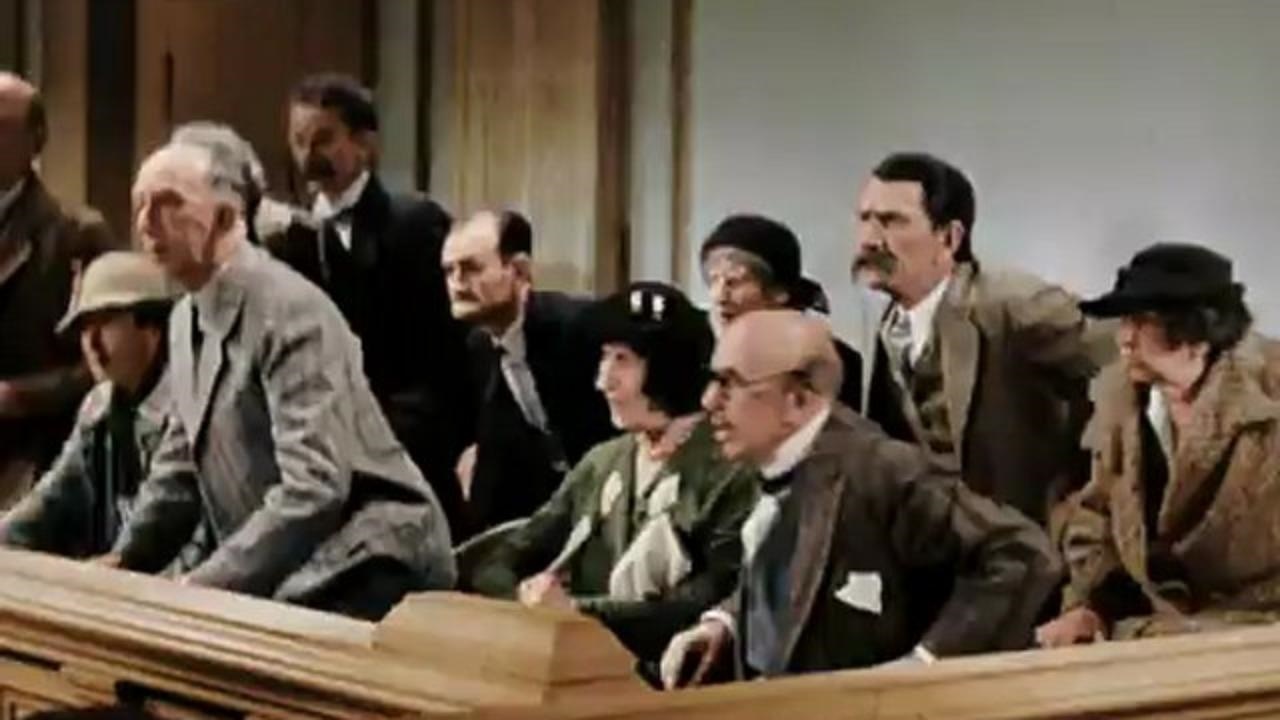Estate of Palmer 2017 BCSC 1430 dealt with an application to cure defects in a will under sections 58 and 59 of WESA, but was ordered to trial rather than having been dealt with summarily by affidavits.
Ms. Palmer executed a short will on August 18, 1988. By that document, she appointed Montreal Trust and her cousin, Emily Takats, as her executors and trustees. She also named Ms. Takats as the sole residual beneficiary of her estate. Ms. Takats died well before Ms. Palmer.
[5] Following her death, a copy of Pauline Palmer’s 1998 will was discovered bearing various handwritten alterations and initials. Some of the changes are in black ink and some in blue ink. The changes include:
• updating Ms. Palmer’s address;
• deleting Montreal Trust and Emily Takats as executors and trustees and substituting in their place “Alan Homeniuk (sic), 10 English Way, St. Albert, Alberta”; and
• deleting the name Emily Takats as a residual beneficiary.
[6] The operative words of the will containing the handwritten changes now read as follows:
• “I nominate, constitute and appoint Alan Homeniuk of 10 English way, St. Albert, Alberta, and my cousin [name deleted], presently of [city deleted] to be the executors and trustees of this my Will”;
• “To deliver the rest and residue of my estate unto my said cousin [name deleted] for his [changed from “her”] own use and benefit absolutely.”
WESA and the Determination of Testamentary Intentions
[27] The recent case of Estate of Young, 2015 BCSC 182, describes the legal framework applicable to s. 58 of WESA and the curing of “deficiencies” related to the making or alteration of a will. The history and intent of the legislation, including the case law in other jurisdictions addressing similar provisions, is set out in paras. 16–33 of that decision and will not be repeated here. The law is summarized in paras. 34–37 of the decision and can be paraphrased as follows:
• the courts’ curative power with respect to non-compliant testamentary documents is inevitably and intensely fact-sensitive;
• the first threshold issue is whether the document in question is authentic;
• the second, and core, issue is whether the non-compliant document represents the deceased’s testamentary intentions;
• a testamentary intention means much more than the expression of how a person would like his or her property to be disposed of after death. Rather, the document must record a deliberate or fixed and final expression of intention as to the disposal of the deceased’s property on death;
• the burden of proof that a non-compliant document embodies the deceased’s testamentary intentions is the balance of probabilities;
• factors relevant to establishing the existence of a fixed and final testamentary intention may include the presence of the deceased’s signature, the deceased’s handwriting, witness signatures, revocation of previous wills, funeral arrangements, specific bequests and the title of the document; and
• generally speaking, the further a document departs from the formal validity requirements of the legislation, the harder it may be for the court to find that it embodies the deceased’s testamentary intention.
[28] Both s. 58 and 59 of WESA provide for an “application” to court to determine whether a certain document represents the testamentary intentions of a deceased person and/or rectification is warranted because the will fails to implement the deceased’s intent.
[29] Rules 2-1(2)(b) and (2.1) of the Supreme Court Civil Rules provide for the initiation of proceedings in estate matters or in respect of any application authorized by statute to be made to the court. It is possible that the manner in which the present application has been brought does not properly comply with those rules but, in any event, there is no doubt that a chambers hearing is ultimately contemplated thereby triggering the application of Rule 22-1, including the following sub-rules:
Evidence on an application
(4) On a chambers proceeding, evidence must be given by affidavit, but the court may
(a) order the attendance for cross-examination of the person who swore or affirmed the affidavit, either before the court or before another person as the court directs,
(b) order the examination of a party or witness, either before the court or before another person as the court directs,
(c) give directions required for the discovery, inspection or production of a document or copy of that document,
(d) order an inquiry, assessment or accounting under Rule 18-1, and
(e) receive other forms of evidence.
…
Power of the court
(7) Without limiting subrule (4), on the hearing of a chambers proceeding, the court may
(a) grant or refuse the relief claimed in whole or in part, or dispose of any question arising on the chambers proceeding,
(b) adjourn the chambers proceeding from time to time, either to a particular date or generally, and when the chambers proceeding is adjourned generally a party of record may set it down on 3 days’ notice for further hearing,
(c) obtain the assistance of one or more experts, in which case Rule 11-5 applies, and
(d) order a trial of the chambers proceeding, either generally or on an issue, and order pleadings to be filed and, in that event, give directions for the conduct of the trial and of pre-trial proceedings and for the disposition of the chambers proceeding.
[30] I have attempted to explain above why the affidavit evidence tendered on this application respecting certain matters is insufficient to do justice to the testamentary intentions of Ms. Palmer. In my view, oral evidence from the three affiants is desirable including cross-examination of those affiants on certain aspects of their testimony. As well, evidence must be adduced respecting Ms. Palmer’s physical and mental health and, in particular, her testamentary capacity at the time the changes to her will were made.
[31] Furthermore, three of the potential beneficiaries under WESA have not been included in the proceedings to date. It appears that Ms. Perret has no interest in actively participating in the present proceeding, however the court is not satisfied that any meaningful effort has been invested by any of the parties in tracing and notifying each of Bradley Palmer, Grant Palmer and Dolores Palmer. Their legal interests are at stake in this proceeding and they cannot simply be ignored.
[32] Rule 22-1(7)(d) permits the court to order a trial of any chambers proceeding and to give directions respecting the filing of pleadings and the further conduct of the matter. The legal test for converting a chambers proceeding into a trial was recently reviewed by the Court of Appeal in British Columbia (Milk Marketing Board) v. Saputo Products Canada G.P., 2017 BCCA 247. It is akin to the test applicable for summary judgment under Rule 9-6, i.e., whether a bona fide triable issue arises on the evidence before the court which warrants determination at a trial. The threshold is relatively low in that regard.
Decision and Orders Made
[33] In my view, there is a bona fide triable issue between the parties whether the handwritten amendments to Ms. Palmer’s will record a fixed and final expression of intention to make Mr. Homeniuk the sole beneficiary of her estate, an issue which cannot be satisfactorily resolved based solely on the affidavit evidence adduced to date. Accordingly, I make the following orders:
1. the within chambers proceeding will proceed to a trial;






